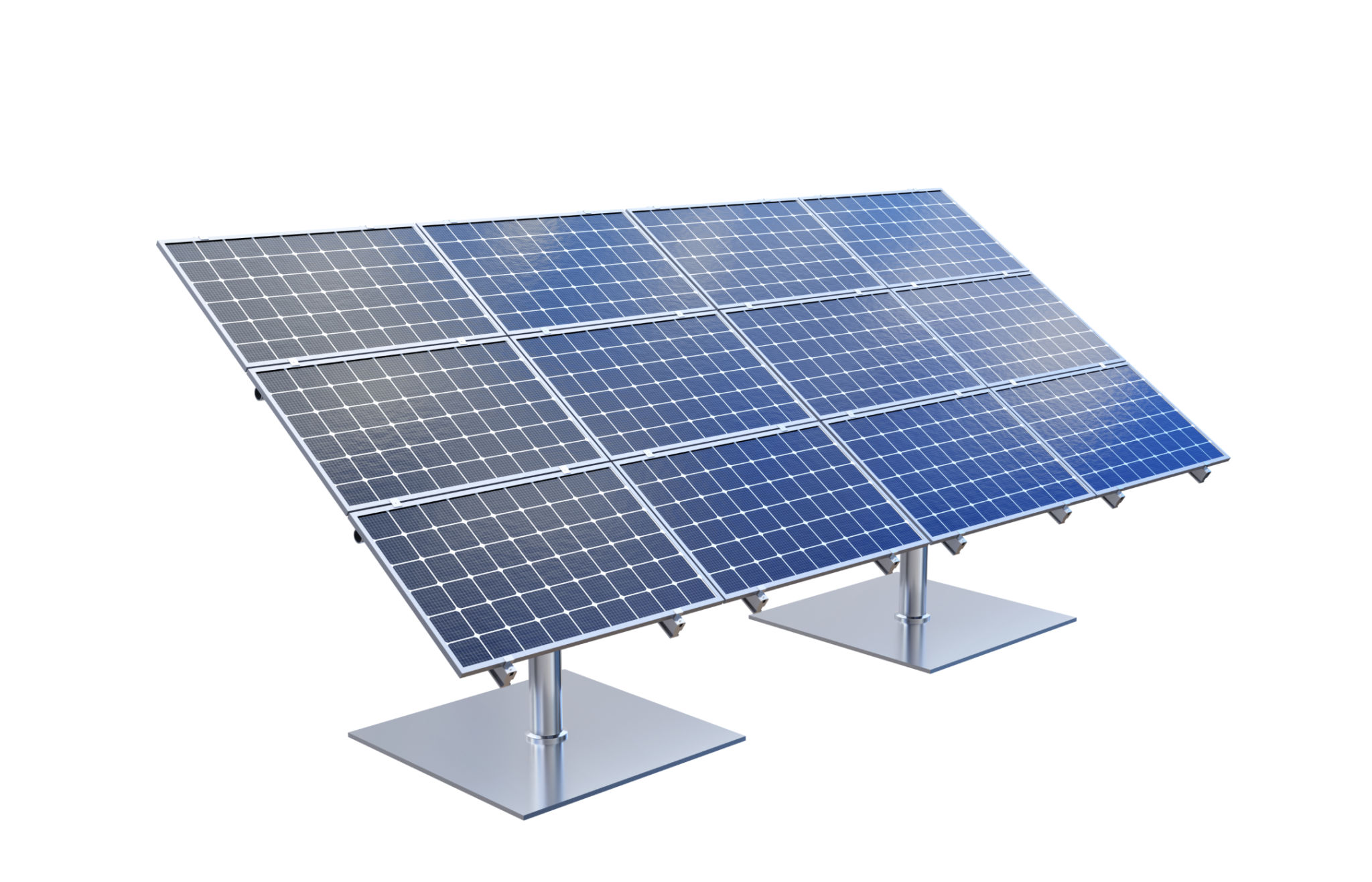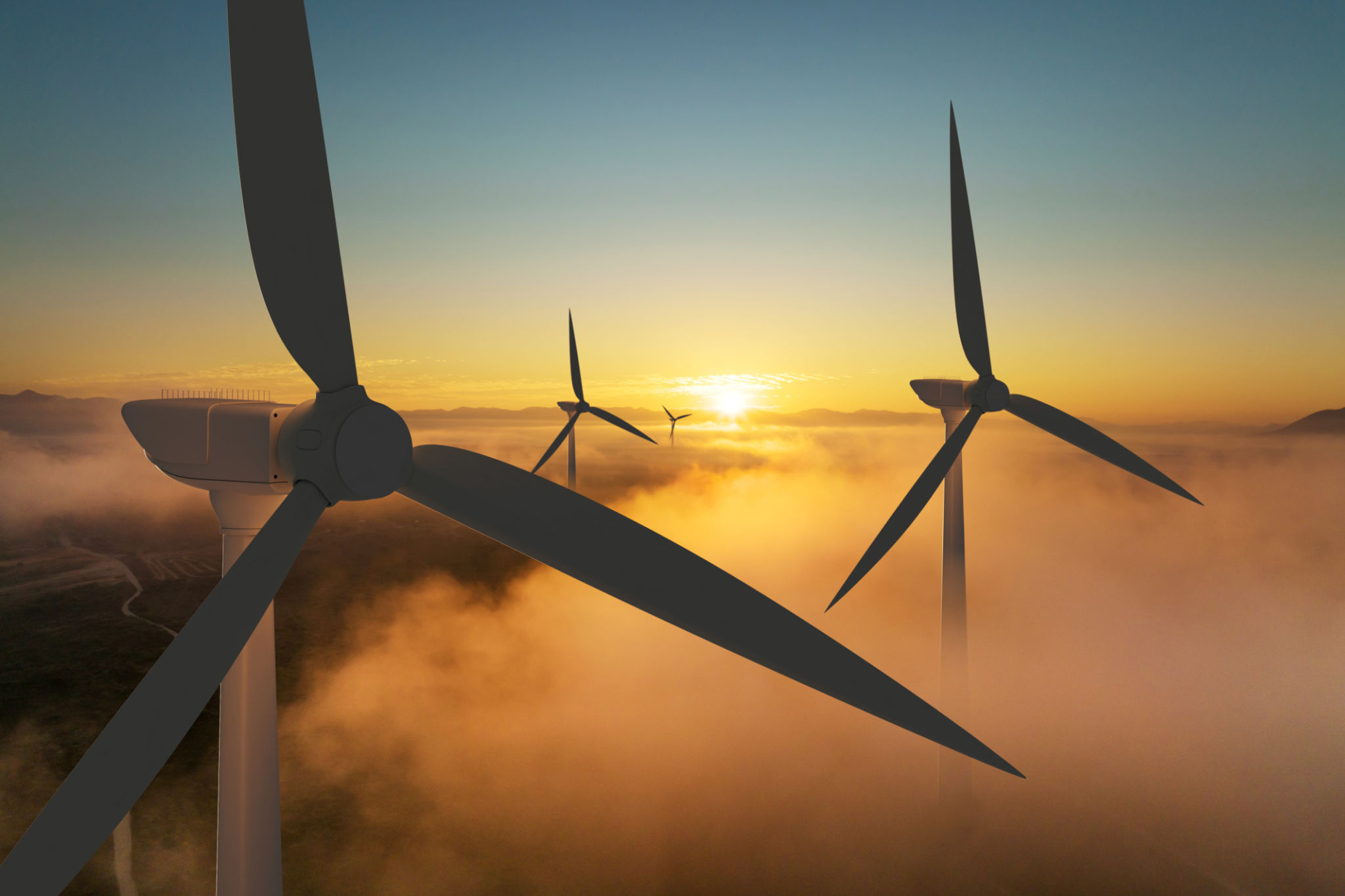Common Misconceptions About Clean Energy Debunked
As the world increasingly embraces sustainable practices, clean energy has become a hot topic. However, several misconceptions still surround this vital industry, potentially hindering its progress. Let's debunk some of these myths to better understand the true potential of clean energy.
Myth 1: Clean Energy Is More Expensive Than Fossil Fuels
One common misconception is that clean energy is more costly than fossil fuels. While this might have been true in the past, the cost of renewable energy technologies like solar and wind has significantly decreased. In many cases, they are now more affordable than coal or natural gas. The declining costs are due to technological advancements and increased production scale.

Additionally, clean energy sources often have lower operational costs because they don't require fuel purchases. Over time, this can result in substantial savings, making renewables an economically viable option.
The Long-Term Cost Benefits
When evaluating costs, it's crucial to consider the long-term benefits of clean energy. Reduced greenhouse gas emissions and less environmental degradation can lead to significant savings in healthcare and environmental restoration costs. These factors contribute to the overall cost-effectiveness of clean energy sources compared to traditional fossil fuels.
Myth 2: Clean Energy Cannot Meet Energy Demand
Another misconception is that renewable energy sources cannot provide a consistent and reliable energy supply. Critics argue that solar and wind energy are too dependent on weather conditions. While it's true that these sources are variable, advances in energy storage technology and grid management have made it possible to ensure a stable energy supply.

Moreover, a diversified energy mix that includes various renewable sources can enhance grid reliability. Combining solar, wind, hydroelectric, and other renewables can effectively meet energy demand even when one source is underperforming.
Energy Storage Solutions
Innovations in energy storage, such as batteries and pumped hydro storage, have played a crucial role in addressing the variability of renewable energy. These technologies allow excess energy to be stored and used when production is low, ensuring a consistent power supply.
Myth 3: Clean Energy Is Only for Rich Countries
Some believe that only wealthy nations can afford to invest in clean energy infrastructure. However, developing countries are increasingly adopting renewables, driven by the need for affordable and locally-sourced energy. In fact, many emerging economies are leading the way in renewable energy deployment.

Renewables offer an opportunity for energy independence and economic growth in regions with limited access to traditional energy resources. By investing in clean energy, these countries can reduce their reliance on imported fuels and create jobs in the burgeoning renewable sector.
Global Collaboration and Investment
International collaboration and investment have also played a crucial role in making clean energy accessible to all. Initiatives such as the Green Climate Fund and various international partnerships help lower-income countries adopt renewable technologies, ensuring that clean energy benefits are shared globally.
In conclusion, debunking these common misconceptions about clean energy is essential for fostering a more informed and supportive environment for its development. As technology continues to advance and costs decline, the potential for clean energy to transform our world is greater than ever.